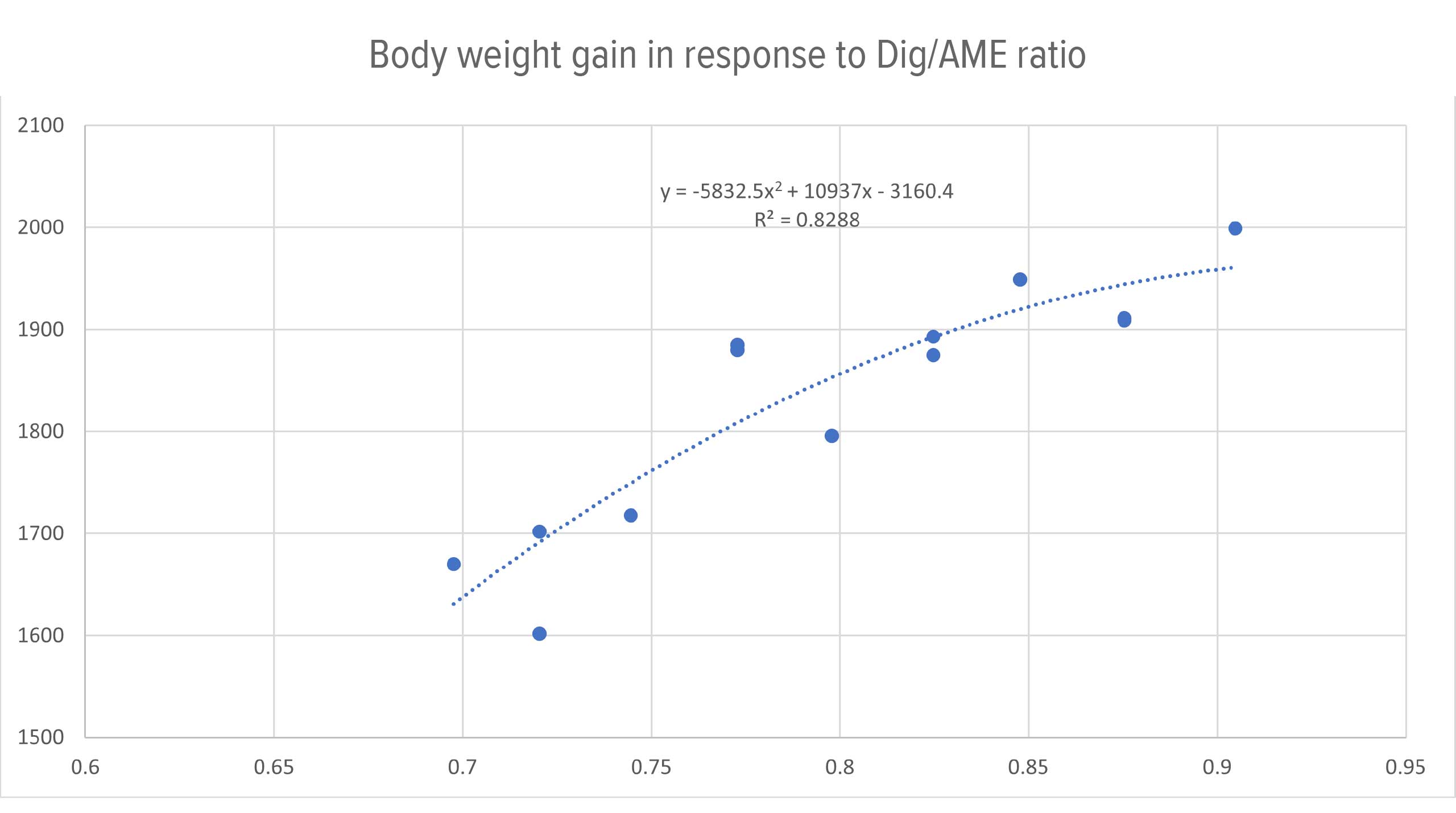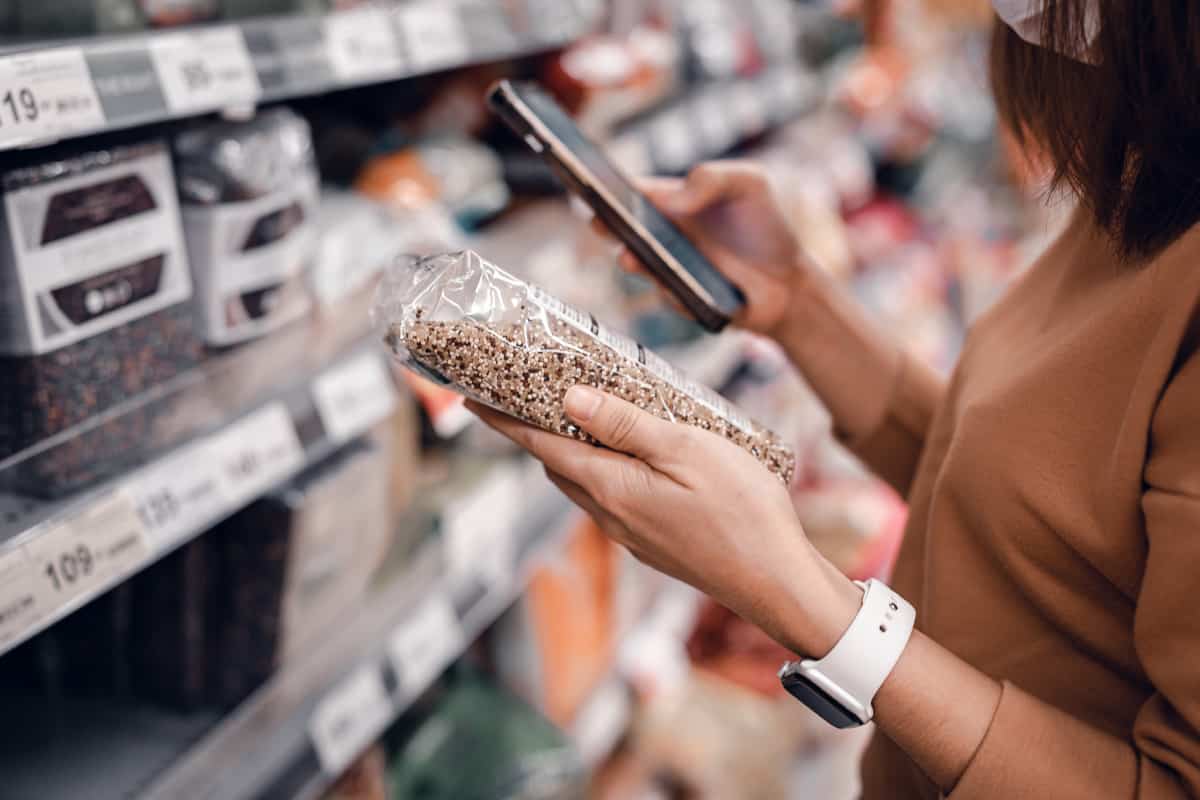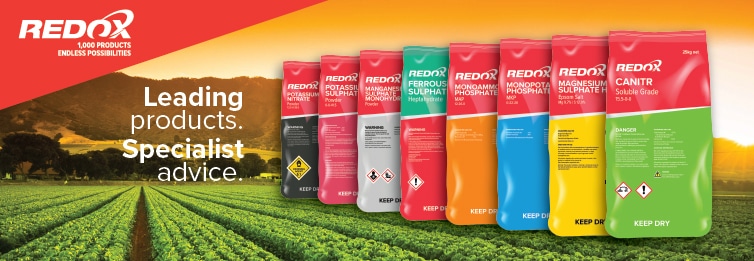Could reduced crude protein (CP) diets reduce NH3 emission by 25% in chicken or pig farms? In today’s Animal Nutrition Insights, Redox’s Animal Nutritionist Dr Yumin Bao shares his research on amino acids and feed enzymes supplementation that could help to reduce the environmental impacts of poultry and pig production.
Poultry and swine farming has a significant environmental impact on climate change and air or water pollution. In the past decade, phytase, a feed grade enzyme, has been widely used in poultry and swine production to reduce inorganic phosphorus usage and pollution significantly.
In recent years, the poultry and pig industry has successfully developed reduced crude protein (CP) diets by supplementing unbound crystalline L-Lysine, L-Methionine, L-Threonine, L-tryptophan, L-Valine, L-Isoleucine and L-Arginine, but not compromising chicken and pig performance. It is estimated that each 10 g/kg CP reduction in pig farms could reduce NH3 by 10%, and in poultry, each 15 g/kg CP reduction might reduce NH3 by 16% (Cappelaere et al., 2021).
Based on recent broiler chicken studies at the University of Sydney, apart from L-Lysine, L-Methionine and Threonine, L-Valine, L-Isoleucine, and L-Arginine are added to broiler chicken diets could further reduce CP by 15g/kg.
However, it is noticed that in the current CP reduction strategy, feed formulation was conducted by digestible lysine concentration and then balanced with other digestible amino acids, and undigested CP was not considered in the feed formulation.
It is well-known that adding exogenous feed enzymes in poultry and swine diets could overcome the adverse effects of antinutritional factors and improve the digestion of dietary nutrients.
While Xylanase is becoming a norm in Australian wheat-based diets to reduce digesta viscosity in chicken or pig gut, adding Protease and Mannase has recently been demonstrated to improve dietary amino acids digestibility by 3% and increase chicken body weight gain by 5%, respectively.

Body weight gain in response to Dig AME ratio
Therefore, under the current commercial conditions, adding protease and mannase could reduce Digestible Lysine concentration from 1.1% to 1.0% in the finisher period, roughly another 10-15 g/kg CP reduction.
In conclusion, in the current poultry and swine diets with supplementation of L-Lysine, L-methionine and L-Threonine, further adding L-Valine, L-isoleucine, L-Arginine, protease, and mannase could reduce at least 25 g/kg CP and accordingly reducing NH3 emission by 25% in chicken or pig farms.
Contact us today and ask us how we can assist with specialist advice from one of our nutritionists and offer the best price and service on any of the below products:
- L-Lysine, L-Methionine,
- L-Threonine,
- L-tryptophan,
- L-Valine,
- L-Isoleucine,
- L-Arginine,
- Xylanase,
- Protease,
- Mannase
The development of surfactants based on carbohydrates and oils is an exciting expression of the ‘green chemistry’ that led to new surfactant classes: namely, alkyl polyglucoside (APG).
It was first developed in 1893 by German Chemist Emil Fischer via a process that relied on the acid-catalyzed reaction of dextrose with fatty alcohols. Following a costly and time-consuming research and development process, Henkel successfully created an industrial production method for APG.
Alkyl polyglucoside is a mild, naturally derived non-ionic ‘Green’ surfactant in liquid form and is entirely biodegradable, safe for humans and the natural environment.
Some Ingredient Highlights
- Produced from natural, renewable resources
- Non-ionic surfactant, compatible with all surfactant classes
- Readily biodegradable
- Very cost-effective
- Extremely mild surfactant/emulsifier
- Excellent emulsifying properties
- Excellent skin compatibility
- Outstanding foam behaviour with surfactants
- Excellent cleaning performance
APG Applications in Industry?
The use cases for Alkyl polyglucoside are innumerable, with an estimated global market worth $1.1B and projected to increase over 8% during 2021 – 2031.
APG is typically used to enhance the formation of foams in detergents (surface cleaners, dishwashing and laundry detergents), but because it’s biodegradable and safe for sensitive skin, it has also found multiple applications in the personal care sector, including:
- Bath Products
- Cleansers & Wipes
- Oral Care
- Cosmetics
But its uses extend beyond these;
- APG can be used in fire equipment as a foaming agent,
- in the paper industry, it improves the softness of paper,
- As a fabric softener and dyeing auxiliaries in the textile industry,
- it can even be used as a gel, lubricant and wetting agent.
APG from Redox
Redox’s Alkyl polyglucoside is available in various packing sizes, including drum and IBC configurations, coming in a range of INCI classifications:
- Caprylyl/ Capryl Glucoside
- Caprylyl/ Capryl Glucoside
- Lauryl Glucoside
- Decyl Glucoside
With activity levels ranging from 50% to 70%.
Presently quotations from our manufacturing partners are valid for two days max due mainly to the fact that fatty alcohols are being diverted to make biodiesel.
Biofuels have become more economically attractive due to recent skyrocketing crude oil prices, so it’s crucial you work with a supplier that can secure consistent quality; Redox is in an excellent position to fulfil and exceed your expectations.
Contact one of our experts to discover how Redox can be an essential element of your sourcing strategy.
Pea protein has become increasingly popular and with a shift towards less meat consumption and more plant-based eating, the need for high-quality, plant-based meat alternatives has increased exponentially.
What’s Driving this Change?
The reasons are twofold; growing concern for the environment and the positive health benefits of plant-based meat alternatives.
Global food production is responsible for a third of all planet-heating gases emitted by human activity. A major new study has found that the use of animals for meat causes twice the pollution of producing plant-based foods.
Because of this, pea protein has ascended as a promising alternative and has become increasingly popular among food manufacturers, particularly those concerned with vegan and vegetarian nutrition, due to its balanced amino acid spread and high protein concentration.
Pea Protein advantage
Our pea protein isolate is a natural vegetable protein produced from peas and contains 80-85% pea protein in conventional and certified organic grades. It consists of nutrients that are essential for human health, as well as functional properties that make it easy to use:
Here are just a few benefits of our pea protein:
- Pea protein comprises all of the essential amino acids that your body can’t produce on its own and must get from food.
- It also contains many branched-chain amino acids, including arginine, promoting good blood flow and heart health.
- It’s is a highly bio-available protein option, free of milk, ideal for dairy sensitivities and allergies.
While it is mainly used as a meat replacement or alternative in a variety of products such as vegan chicken, burgers, sausages and textured pea protein, its premium functionality also allows it to be used in:
- milk and cheese products where it makes up for low range essential amino acids,
- animal feed industry as a nutritional supplement,
- baking products where it enhances emulsification stability and water retention
- noodles and pasta, increasing the internal strength and improving the colour and flavour.

Consumers are more interested in the connection between gut health and immunity, focusing on metabolic health’s impact on weight management; eating to improve mental health; interested in personalized nutrition; and are planning to spend more money on health and wellness related items.
How is Pea protein made?
Pea protein powder is a supplement made by extracting protein from yellow peas. The peas are dehulled, ground and then stirred with water. The protein is then isolated in liquid format and undergoes a homogenous shear step from which the end product is flash, evaporated and spray-dried to result in the final Meat Analogue powder.
The Redox benefit.
Our pea protein isolate is processed under strict quality controls to ensure the best quality ingredients for the market. All products are produced under the ISO International Environment, ISO9001 Quality Management and HACCP Food Safety Management Systems, along with Green Food, FDA American, KOSHER and HALAL Certification.
Working with a supplier that can ensure consistent quality is essential; Redox is in a great position to meet and exceed your expectations.
Contact one of our specialists to learn how Redox can become an integral part of your sourcing strategy.
TerraCycle, Redox and AB Biotek have partnered to create a recycling program for Winery Multi-Laminate Yeast and Nutrient bag Waste.
In years prior, multi-layer laminate packaging for yeast and fermentation aids were discarded to landfill, with no method for recycling. Local councils do not fund recycling technologies to recycle multi-layer laminates in curb side recycling; therefore, the waste ends up in landfill.
This exciting and innovative new partnership offers Wineries the opportunity to divert yeast and nutrient packaging waste from landfill. It is the first recycling program in Australia that directly recycles multi-laminate yeast and nutrient bag waste.
But the beauty of this program lies in its simplicity for the customer.
A customer-focused recycling
There are three ways that Redox customers can participate in the program:
- Collection – Customers collect the waste on their premises and store it on a designated pallet (up to 500kg). Once the pallet reaches critical mass, the distributor fills out a form to request collection from their warehouse to be sent to TerraCycle.
- Freight – Like the collection process, only the customer organises delivery to TerraCycle’s warehouse in Victoria once the pallet is at the maximum weight.
- Mailback – By signing up for the AB Biotek Laminate Recycling Program, customers can request a free shipping label for pick by Australia Post (maximum 15kg), who will ship the waste back to TerraCycle’s warehouse in Victoria.
All brands of empty multi-laminate yeast and nutrient bags are acceptable to all wineries that are customers of AB Biotek and Redox.

Redox, TerraCycle and AB Biotek partner to create a first of its kind recycling program for wineries.
What happens with the waste next?
Firstly, multi-laminate yeast and nutrient bags are separated by composition PET/AL-Foil/ LLDPE/ Nylon and cleaned. The materials are then melted down to be turned into pellets that can be used to produce new products.
The waste is recycled and then re-purposed!
How to get involved
Redox is proud to be putting our commitment to cleaner options into action through this innovative recycling program. By supporting the dedicated teams at TerraCycle, and AB Biotek, we hope to make a fundamental difference regarding negative environmental impacts.
We are excited to be a part of this first of its kind recycling program in Australia and request that customers contact their Redox account manager if to want to be involved.
Fertiliser and crop nutrition are two key components in the success story of Australia’s food production. No matter what you are growing, whether it’s in your back yard or on a commercial level your crop nutrients matter.
Fertilizer has allowed us to increase yields significantly and has been vital to ensure food security for the ever-growing global population. Fertiliser application and efficiency have improved dramatically through research, field trials and technology. A targeted nutrition program economically contributes to sustainable produce.
The consumer and industry are now more than ever focused on this word “sustainability.” Growers and industry stakeholders are already implementing sustainable strategies as it not only conserves the environment they rely on so heavily, but also improves their bottom line.
Nutrient Fundamentals
The Oxford Dictionary defines sustainability as “The property of being environmentally sustainable; the degree to which a process or enterprise is able to be maintained or continued while avoiding the long-term depletion of natural resources.” When it comes to growing your crop, the fundamentals are that the nutrient cycle will take place and nutrients will be required and removed from the soil or growing media to produce the crop.
Nutrients are either then removed from the cycle through losses or in the form of produce and a percentage are returned to the soil through decomposition of plant litter. So how do you ensure you meet your crops nutritional demands and avoid the long-term depletion of natural resources to maintain your enterprise? There are a few key factors to address first.
- A complete soil analysis to understand soil type, fertility levels, pH, soil carbon and organic matter levels.
- Understanding your specific crops nutrient removal and uptake patterns.
- Understanding your regional climate conditions such as rainfall and weather patterns.

The nutrient cycle: Crop nutrients will be required and removed from the soil or growing media to produce the crop.
Addressing Nutrient Deficiencies
Once you have this information at your disposal you can accurately anticipate and address likely nutrient deficiencies or surpluses and manage them like a nutrient budget. Any excess nutrients will either be lost to ground water, fixed to the soil or cause a nutrient imbalance in the profile.
This can be expensive, detrimental to the environment and comprise yield and quality. Therefore, it is important that your crop utilises what’s already present, and that you supplement any shortfalls in the cycle. It is also equally important that you account for and address your soils organic matter and soil biology to ensure the environment is favourable for micro-organisms. These micro-organisms convert organic matter into nutrients for your crop, adding to the cycle.
Here at Redox we take a holistic approach to sustainable nutrient management by addressing the entire cycle to ensure your enterprise can continue without depleting your natural environment. Whether you need macro or micro-nutrients to address deficiencies, or biological products and stimulants to support your soil biology. We have a range of products to match your enterprises requirements.
Our quality products and services are supported with the expertise of our agronomists who offer tailored advice to maximise production with best environmental practice.
This article first appeared in Good Fruit & Vegetable magazine September 2021
Our Partnering Manufacturers


